Design That Responds: The Beauty of Interactive Motion

In modern design, objects are no longer still.
They shift, respond, and quietly ask to be touched — even when viewed through a screen. A subtle transformation is happening in how we see the world of things. Furniture, lighting, and decorative objects no longer exist only in photographs; they now move, reflect, and breathe in real time.
The 3D product viewer turns a static image into an encounter — an intimate, slow observation where form, light, and surface meet.
What used to be a product image has become a moment of presence — one that feels almost physical.
The Sense of Touch, Without Touching
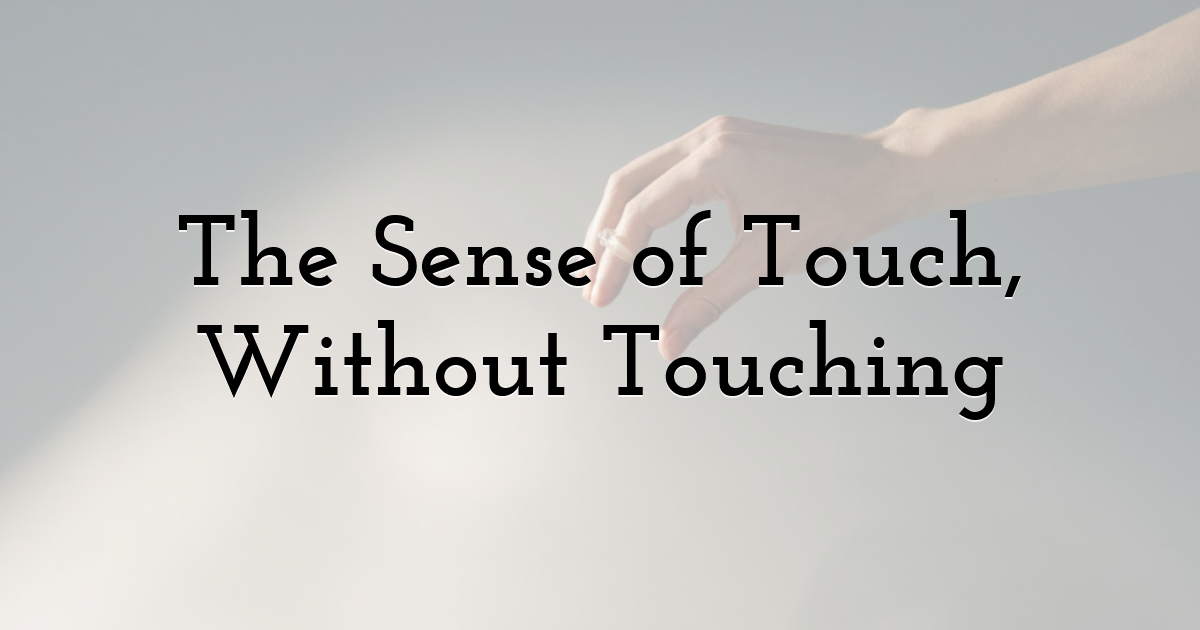
In a studio, a craftsman runs a hand across the edge of marble, testing the smoothness of the finish.
Online, this gesture is now possible through motion. As an object turns in a 3D viewer, light behaves like it would in life — sliding softly along the grain of wood, tracing the folds of fabric, glinting across brushed metal.
This digital tactility brings the sensory experience back into digital space. You can almost feel the texture under your eyes: the coolness of stone, the warmth of oak, the soft resistance of linen.
It’s not a substitute for touch — it’s a rehearsal for it. The viewer prepares us to appreciate materials before we ever encounter them in person.
The result feels strangely human: technology that doesn’t isolate, but reconnects us with matter.
Motion as a Way of Seeing
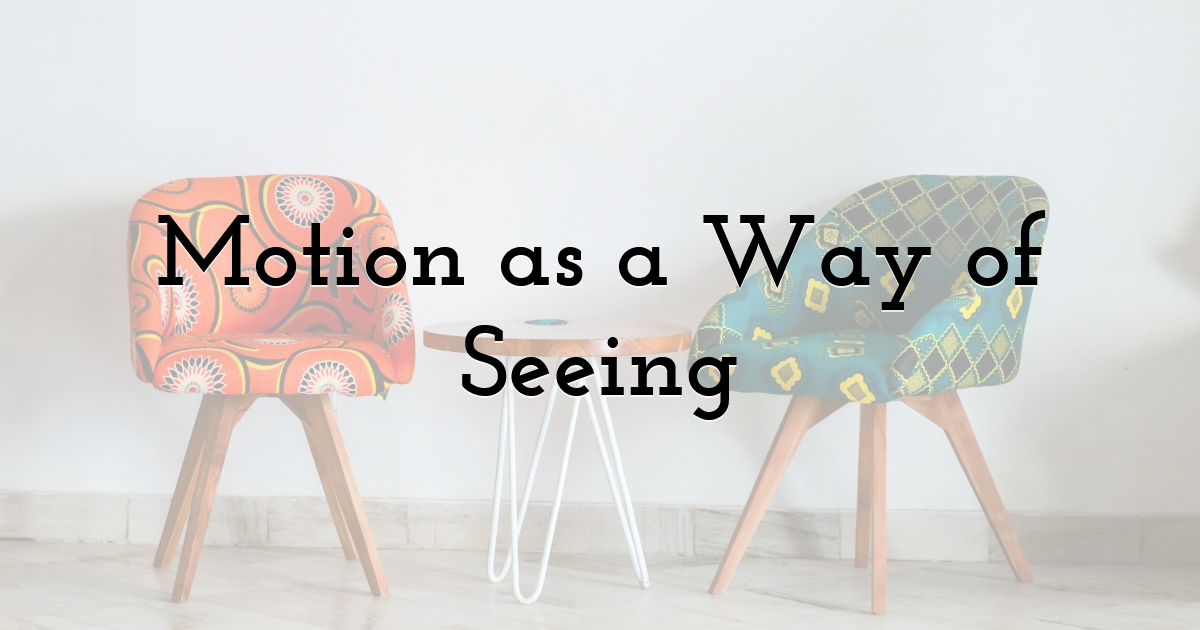
Still photography freezes a moment; motion restores time.
When design moves, the viewer begins to look differently. Instead of a single fixed frame, there’s continuity — a slow narrative that mirrors how the eye explores real spaces.
Every rotation reveals something new: a shadow that softens at a different angle, a seam hidden along the edge, the way proportions settle when seen from above.
Control shifts from the designer to the observer — they decide what to focus on, what to linger over.
In that small act of interaction, the object stops being anonymous. It becomes personal, individual, known.
You’re not just seeing design; you’re discovering it.
Honesty in Design
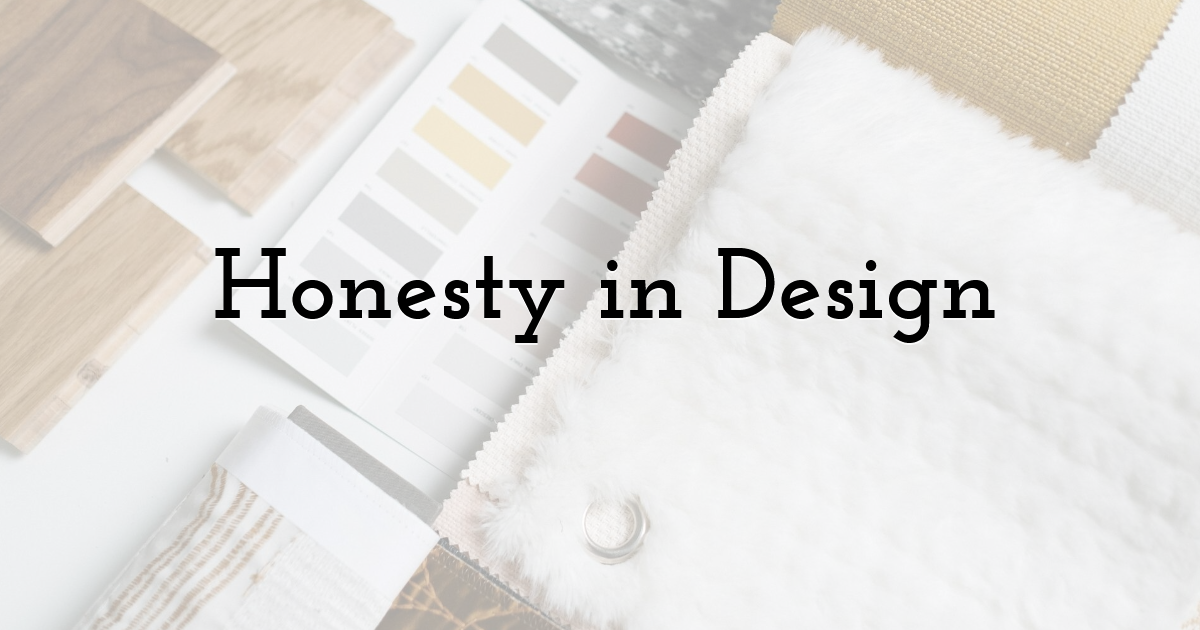
True luxury rarely shouts. It whispers through details — through proportion, texture, and restraint.
Interactive visualization speaks the same language. The 3D viewer doesn’t disguise imperfections or hide processes behind glossy presentation. It reveals the truth.
We see how the leg of a chair meets its frame, how a polished surface catches imperfect daylight, how fabric creases ever so slightly where it meets the armrest.
These moments of authenticity build trust.
Good design, after all, isn’t about perfection — it’s about precision and integrity.
The viewer lets that honesty unfold naturally, like a craftsman showing the back of his workbench: confident, open, and unpretentious.
Emotion in Small Movements
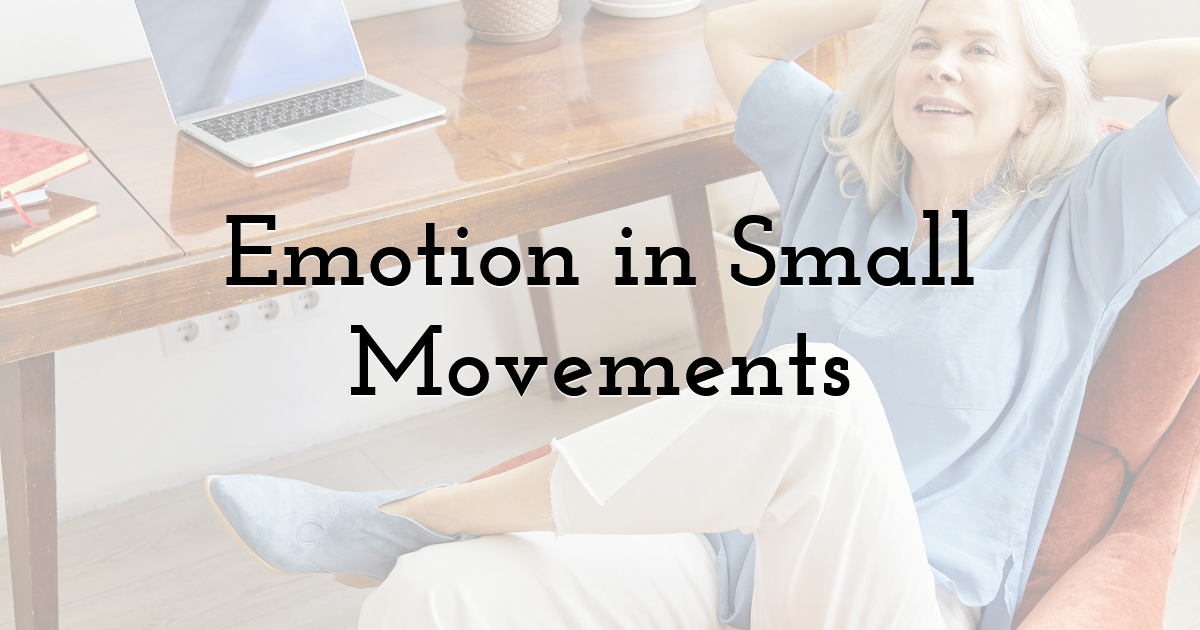
Every object has a temperament. A sofa invites rest; a table suggests gathering.
When you rotate these objects, you can feel that character emerging. A gentle spin of a pendant lamp, for example, reveals how it handles light — one moment sharp, another diffused and tender.
Motion, when done right, evokes emotion. It recreates the simple curiosity we feel when entering a room for the first time — that instinct to circle, to touch, to understand.
For designers, this becomes a new language: movement as a way to communicate comfort, balance, or calm.
Studios such as CGIFurniture have refined this craft — translating not just geometry, but feeling. Each animation reflects a sensitivity to how people experience spaces, not merely how they look.
From Image to Experience
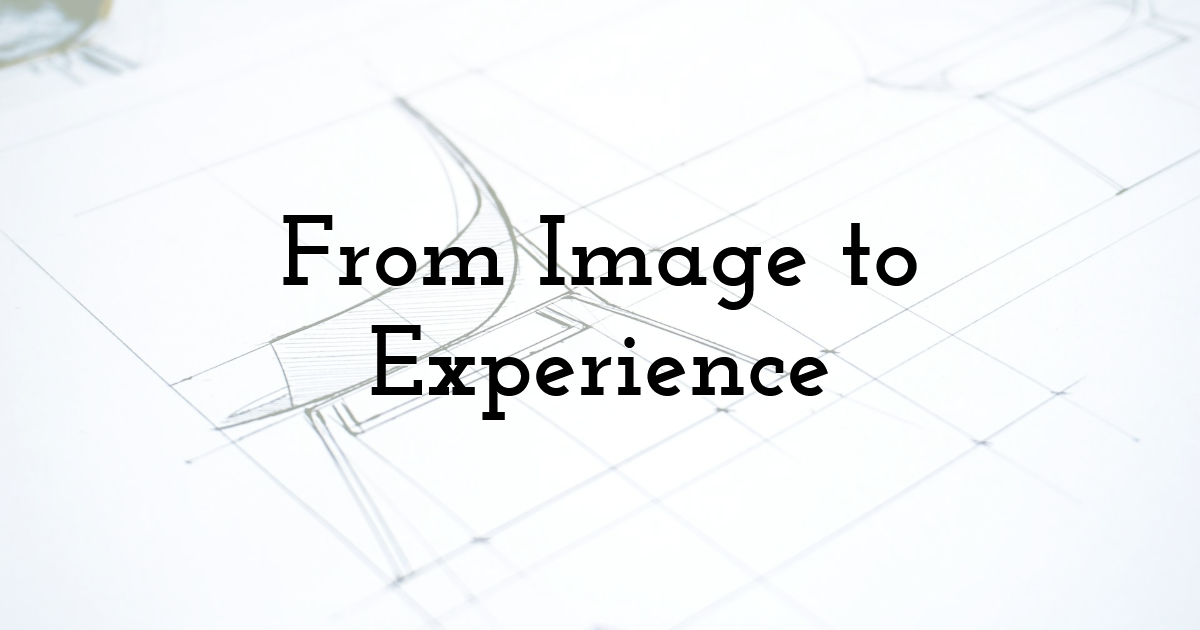
In professional design studios, animation has quietly replaced the static render. It’s no longer a marketing extra — it’s part of the design process itself.
Architects test how light changes through the day, how reflections move across polished surfaces, how shadow defines proportion.
For interior designers, this becomes a tool of rhythm. A kitchen in the early morning light tells one story; the same room at dusk tells another. The 3D viewer captures both — and the quiet in between.
For clients, this means seeing a future home or product as a living experience, not a concept. For creators, it’s a dialogue — between form and time, idea and emotion.
Sustainability Through Clarity
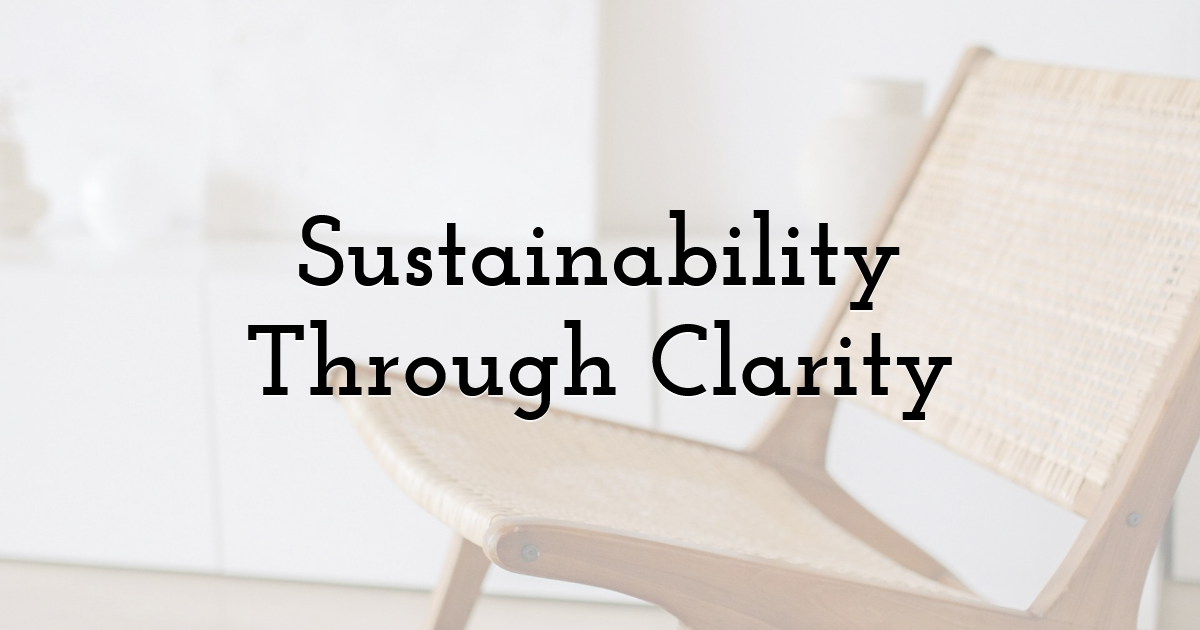
Clarity has always been a form of elegance. It’s also a form of responsibility.
When buyers can explore every detail — rotate, zoom, study the grain and proportions — they make decisions based on understanding rather than impulse.
This kind of informed choice reduces waste: fewer returns, fewer prototypes, fewer shipments. A virtual model can answer the same questions that once required multiple samples.
Digital visualization, far from being artificial, brings awareness. It reminds us that design can be sustainable not only in materials, but in the way it’s presented and chosen.
It’s a quiet revolution in how we value things — through comprehension, not excess.
The Poetics of Detail
The beauty of interactive motion lies in what it reveals slowly.
When light glides over a table’s edge, or fabric folds breathe with a passing shadow, there’s a rhythm that feels almost natural — the tempo of observation.
The viewer teaches patience. You look longer. You notice how a surface absorbs light instead of reflecting it, how a join line feels measured rather than mechanical.
It brings back a habit that design once relied on — seeing through stillness, through repetition, through care.
Every subtle change of angle is a reminder: design isn’t decoration. It’s perception trained to precision.
Technology That Disappears
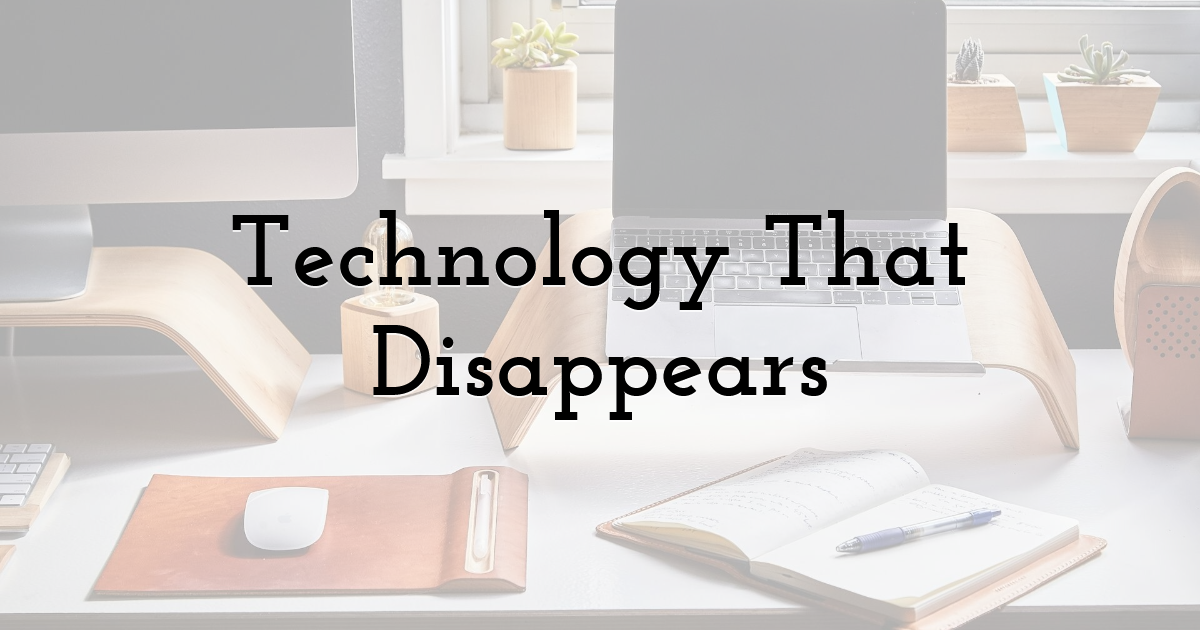
Behind each smooth rotation lies a complex process: hundreds of frames, calibrated reflections, and meticulously simulated materials. Yet none of that is visible to the user — and that’s the point.
The technology dissolves, leaving only the object and the atmosphere around it. The most advanced tools now serve simplicity — the kind that feels effortless.
Just as good architecture makes space feel inevitable, good visualization makes digital objects feel real in the quietest possible way.
That quiet is what gives them soul.
Design as Conversation
What’s most interesting about interactive motion is not what it shows, but how it changes communication.
Designers and clients now share the same perspective — literally. They look at the same model, rotate it, discuss proportion, adjust color in real time.
It replaces technical distance with shared understanding. A designer doesn’t have to describe what a form “might look like” — they can show it, alive and turning.
It’s a conversation, not a presentation.
And perhaps that’s where design has always wanted to go — away from spectacle, toward connection.
Final Thoughts: The Art of Response
When design begins to move, it starts to listen.
The 3D viewer has turned the act of looking into a quiet exchange — between creator and viewer, between intention and perception.
Objects no longer wait to be touched to be understood. They speak in their own language — light, motion, balance.
Technology fades into the background, leaving what matters most: form, clarity, and emotion that feels real.
Design that responds is not futuristic. It’s human — a reminder that even in the digital age, beauty still lives in how we see, how we move, and how we feel.
Until next time, Be creative! - Pix'sTory
Recommended posts
-

How User Experience Affects SEO: Understanding the Hidden Ranking Factor...
Read More › -
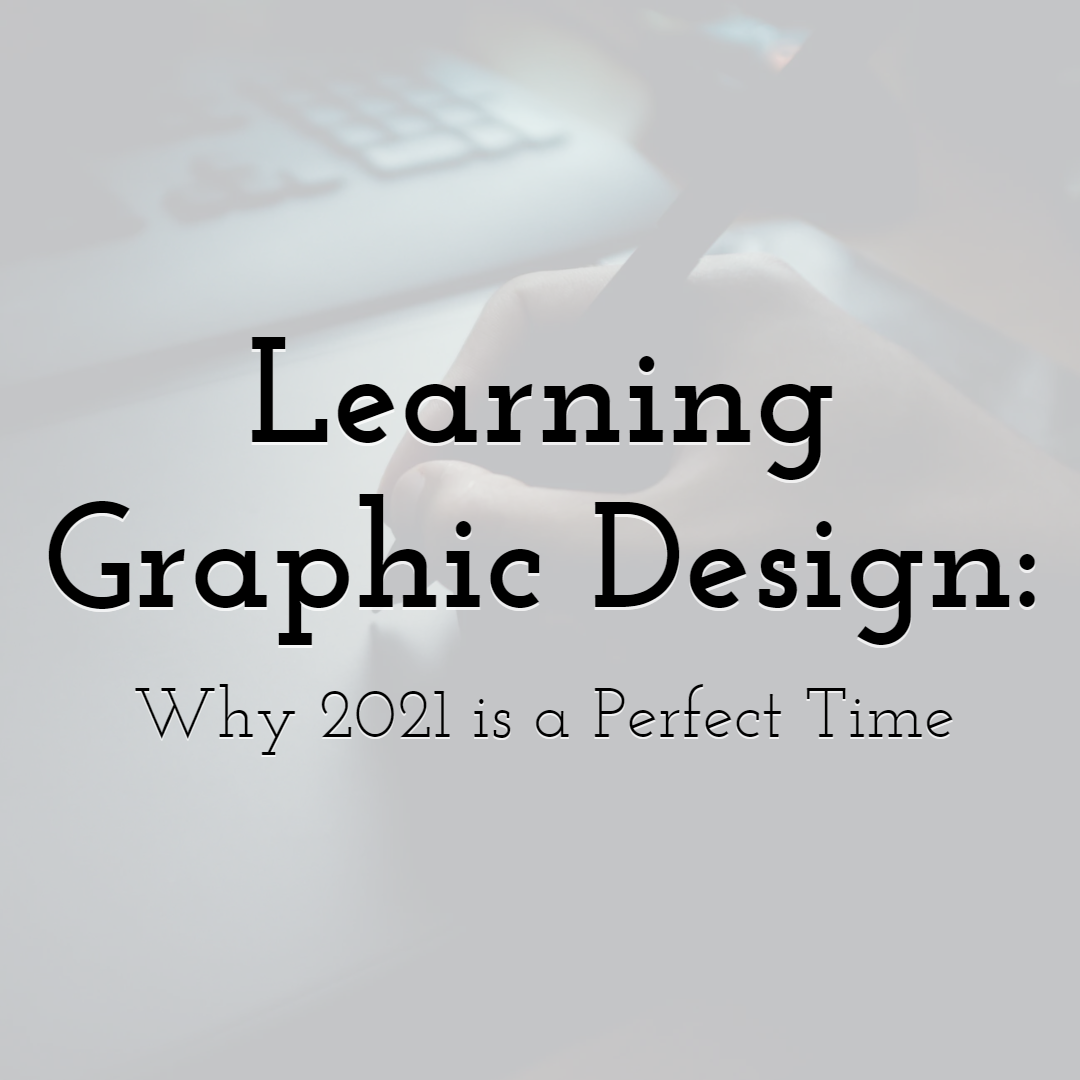
Learning Graphic Design: Why this is a Perfect Time
Read More › -
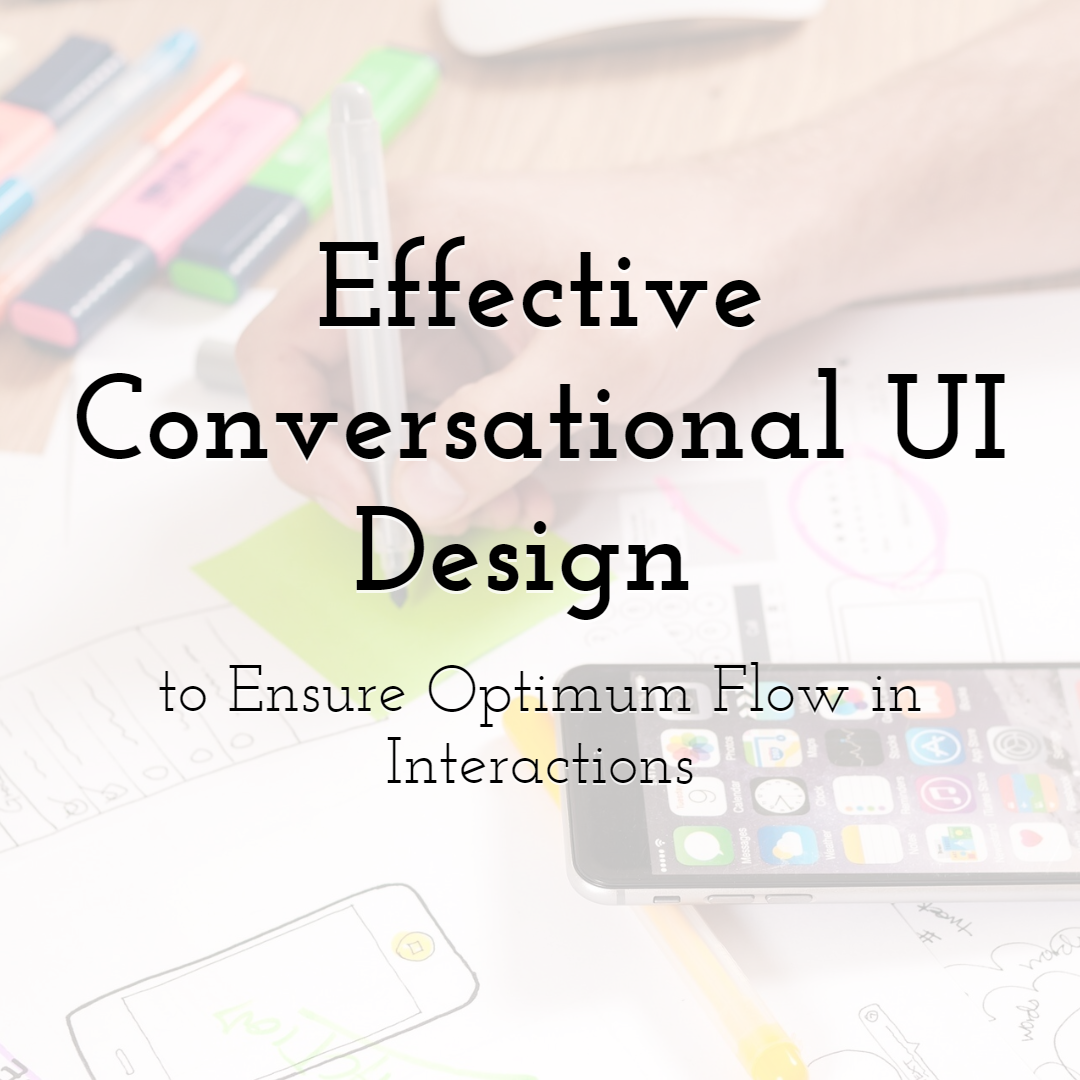
A Key Principle For Effective Conversational UI Design To Ensure Optimum...
Read More › -
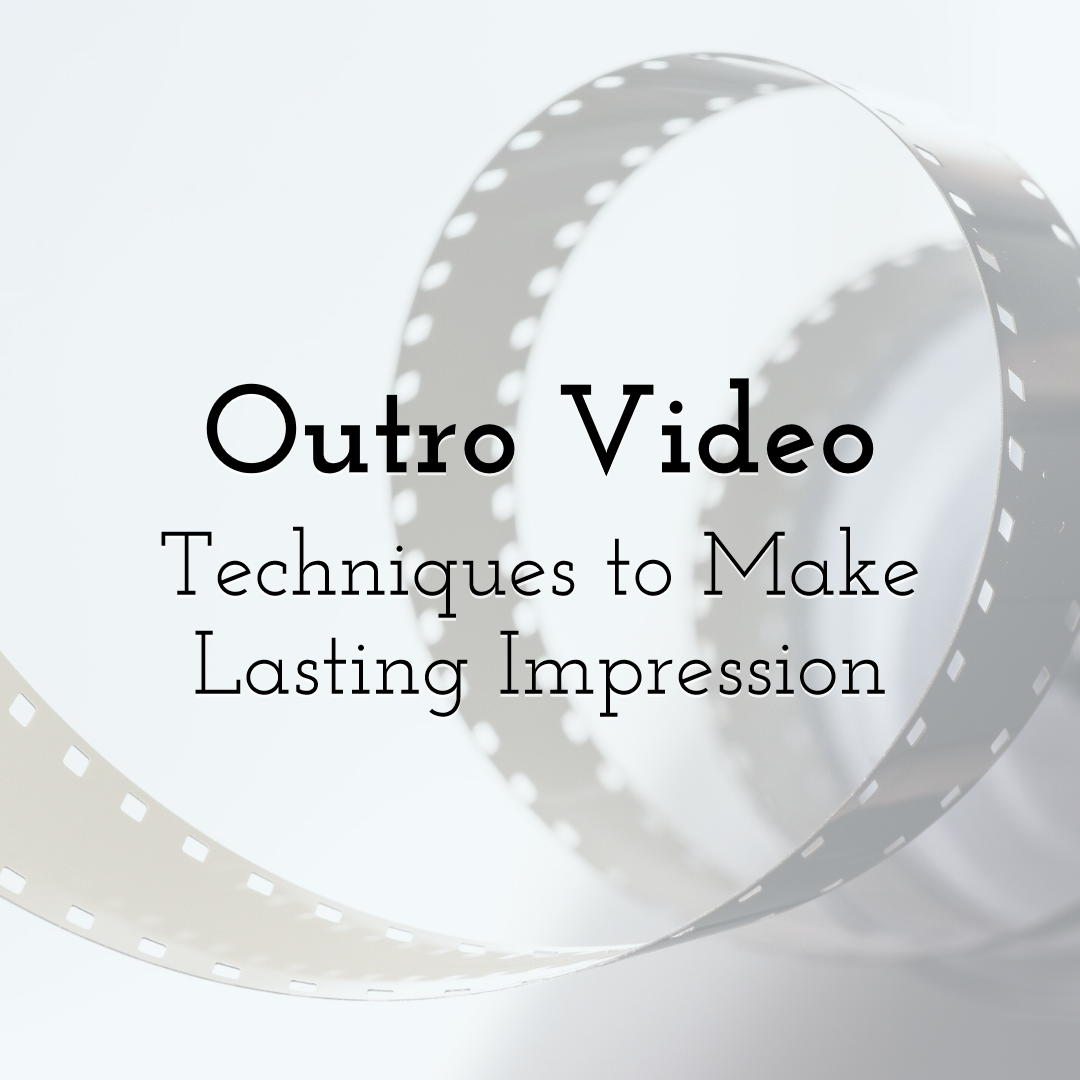
Making a Lasting Impression with These 5 Outro Video Techniques
Read More › -

Freelancers vs. Agencies: How Web Design Workflow Differs in Each
Read More › -

Cost vs. Benefit of Getting a Degree in Web Design
Read More ›
